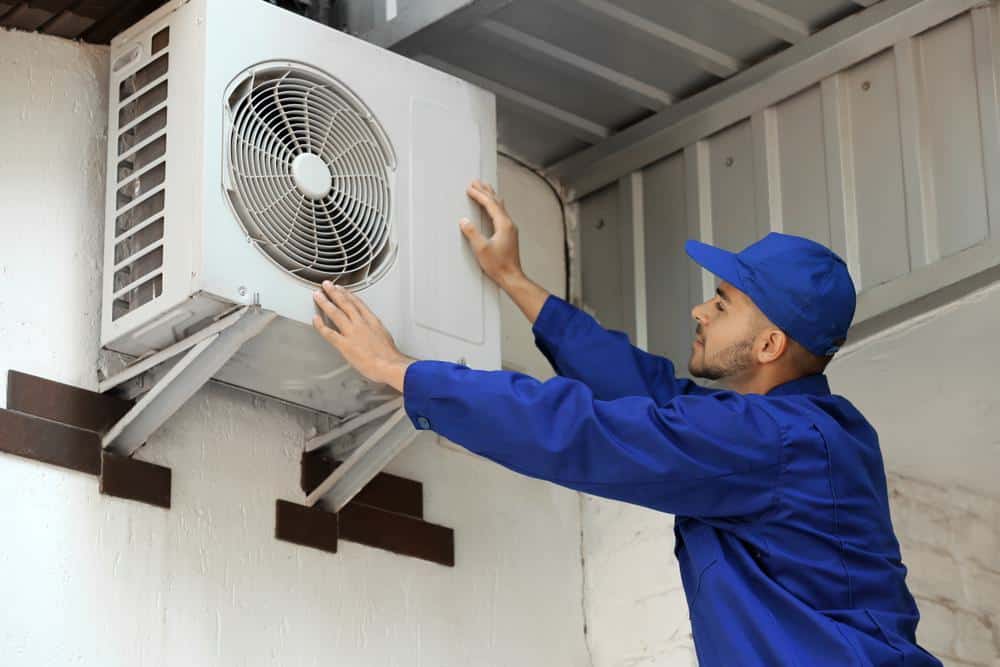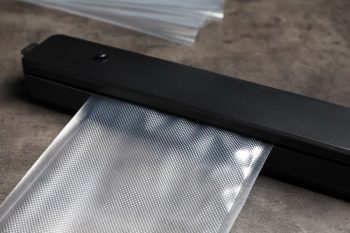
The invention of the electric air conditioner is a testament to human ingenuity and the drive to improve living conditions. This revolutionary device has transformed our lives in countless ways, from enhancing comfort in homes to enabling the functioning of critical industries. But who do we have to thank for this life-changing innovation? The answer is Willis Haviland Carrier, an American engineer who invented the first electric air conditioner in 1902.
The first electric air conditioner was invented by Willis Haviland Carrier, an American engineer, in 1902. He developed this groundbreaking technology while trying to solve a humidity problem at a printing company in Brooklyn, New York. His successful invention went on to revolutionize the way we live and work, earning him the title “father of air conditioning.”
The Man Behind the Invention: Willis Haviland Carrier
Born in Angola, New York, Willis Carrier was a gifted engineer who found himself working for the Buffalo Forge Company, a firm that specialized in air ventilation and heating systems. Carrier’s foray into air conditioning began when he was tasked with solving a humidity problem at the Sackett-Wilhelms Lithographing and Publishing Company in Brooklyn, New York. The high humidity levels were causing magazine pages to wrinkle, making it difficult to maintain consistent paper dimensions and ink alignment during the printing process.
Carrier rose to the challenge and designed a system that controlled both temperature and humidity. This innovative solution helped maintain consistent paper dimensions and ink alignment at the printing plant. The success of his invention laid the groundwork for modern air conditioning, and Carrier became known as the “father of air conditioning.” In 1915, he founded the Carrier Corporation, a company specializing in the manufacture and distribution of heating, ventilation, and air conditioning (HVAC) systems.
The First Electric Air Conditioner: A Game-Changer
Carrier’s first air conditioning system was installed in the Sackett-Wilhelms Lithographing & Publishing Company. It functioned by drawing in air through a filter, passing the air over coils filled with coolant, and then venting the newly cooled and dehumidified air back out. This process not only reduced the humidity but also lowered the air temperature, forming the foundation of modern air conditioning systems.
Despite its effectiveness, the first residential air conditioning unit, installed in 1914, was quite large, measuring seven feet high, six feet wide, and 20 feet long. Today, we have compact units that can fit on a window ledge, thanks to continuous technological advancements in the industry.
The Evolution of Air Conditioning Technology
Over the years, air conditioning technology has evolved substantially. In 1922, Carrier introduced the centrifugal chiller, a safer, smaller, and more powerful system that increased reliability and lowered the cost of large-scale air conditioners. This breakthrough greatly expanded the use of air conditioners throughout the country.
In 1931, H.H. Schultz and J.Q. Sherman invented the first window unit air conditioner, marking another significant milestone in the industry. By the 1950s, air conditioners had become extremely popular in suburban homes, with records showing that around 74,000 units were installed during this time.
The Impact of Air Conditioning on Society and Industry
The invention of the air conditioner has had profound effects on society and industry. It has shaped architectural designs, driven population shifts, saved lives, and enabled the development of critical technologies. For instance, air conditioning is essential for maintaining optimal temperatures and humidity levels in server farms and manufacturing facilities, enabling the production of silicon chips and the functioning of the internet.
However, the widespread use of air conditioners has also raised environmental concerns. They are one of the top drivers of global electricity demand, with energy consumption from air conditioners expected to triple by 2050. This increased demand contributes to greenhouse gas emissions and climate change. As a result, there is a growing need for more energy-efficient and environmentally friendly air conditioning technologies.
In Conclusion
Willis Haviland Carrier’s invention of the first electric air conditioner was a groundbreaking achievement that revolutionized various industries and improved the quality of life for millions of people. Today, as we enjoy the comfort provided by air conditioning, we can look back at Carrier’s invention and appreciate the ingenuity and determination that brought us this essential technology. As we move forward, the challenge lies in developing sustainable and energy-efficient air conditioning systems that can meet our cooling needs without harming the environment.
Frequently Asked Questions
What was the name of Willis Haviland Carrier’s company?
The name of Willis Haviland Carrier’s company was the Carrier Corporation.
Where was the first air conditioning system installed?
The first air conditioning system was installed in the Sackett-Wilhelms Lithographing & Publishing Company in Brooklyn, New York.
What was the size of the first residential air conditioning unit?
The first residential air conditioning unit was quite large, measuring seven feet high, six feet wide, and 20 feet long.
When was the first window unit air conditioner invented?
The first window unit air conditioner was invented in 1931.
What are some impacts of air conditioning on society and industry?
Air conditioning has shaped architectural designs, driven population shifts, saved lives, and enabled the development of critical technologies like server farms and manufacturing facilities. However, it has also raised environmental concerns due to its contribution to global electricity demand and greenhouse gas emissions.












